By Eric Niderost
The Greek trireme combined grace, speed, and maneuverability, and it was these qualities, together with its powerful bronze ram, that made it the most powerful warship of its day. Artistic representations on vase paintings, reliefs, and coins have given us a fairly clear picture of what a Greek trireme looked like, at least in general terms.
But many problems of precise knowledge remain, especially concerning the trireme’s means of propulsion. Even the term “trireme” is subject to scholarly debate and differing interpretations. “Trireme” is the English equivalent of the Greek trieris, meaning roughly “triply furnished” or “three-er.” But there’s some ambiguity here, because it could mean three men on an oar, three oars to a group, or three banks of oars.
Some evidence strongly points to three superimposed banks of oars. The Lenormant relief, for example, depicts an Athenian trireme that has three banks of oars. But some sailors refute the “three-bank” theory, saying there would be only a scant nine inches between oar blades in the water, causing them to constantly foul.
Theory Into Practice
John Morrison, former president of Wolfson College, Cambridge University, felt the three-bank theory was a sound one. The British scholar researched ancient oared warships for nearly half a century, and decided the best way to resolve the controversy would be to construct a full-scale reproduction. To make this dream a reality Morrison, in the 1980s, teamed with John Coates, a naval architect. Coates took the research data Morrison had so painstakingly collected and combined it with his own expertise in naval design. Once funding was secure—British bankers and the Greek navy provided valuable assistance—the trireme reconstruction project became a reality.
The result was Olympias, the first trireme to ply Mediterranean waters since classical times. Sea trials began in 1987, and though the trireme could be modified to incorporate new archaeological evidence that has since come to light, it’s clear the three-bank system is fundamentally sound—it works.
Excavations of neosoikoi (ship sheds or hangars) at Piraeus have helped give investigators clues as to trireme dimensions. The length was about 125 to 135 feet (38 to 41 meters), beam about 10 to 13 feet (three to four meters), and draught three to four feet. The Olympias falls within these rough general dimensions, being 36.8 meters long and 5.45 meters wide.
Thranite, Zygian, and Thalamian
The Athenian navy of the fourth and fifth centuries bc was the best in Greece. On Athenian triremes the oarsmen of each bank or tier had a distinctive name. A Thranite (Greek Thranites, plural Thranitai) was an oarsman on the highest, uppermost bank of oars. Since he wielded the longest oar, sometimes he was given extra pay, as happened during the Athenian expedition to Syracuse in bc 415. A Zygian (Greek Zygios, plural Zygitai) manned an oar on the middle tier, while a Thalamian (Greek Thalamios) sat at the lowest bank of oars.
Sometimes the wind was allowed to do the work of oars, though not in battle. Sails were raised on a mainmast and a smaller boat mast forward. As Paul Lipke of the Trireme Trust explains, “The boat mast carries the boat sail. Like virtually all sails set near the bow of a ship, its most useful application comes when the ship is attempting to move to windward. It also enables the crew to ‘balance’ some of the forces of the main sail so that steering is easier.” Speaking of steering, triremes were guided by two steering paddles or oars, the pair controlled by a single helmsman.
The Trireme Trust was founded in 1982 by Frank Welsh, John Morrison, and John Coates to promote further trireme study, settle the controversies if possible, and engender an appreciation of the maritime skills of the ancient Athenians. The Trust, which is closely associated with the Olympias, has a wonderfully informative Web page. It is packed with information and links, including some Trireme Trust newsletters. Its address is http://www.triremetrust.org.uk.


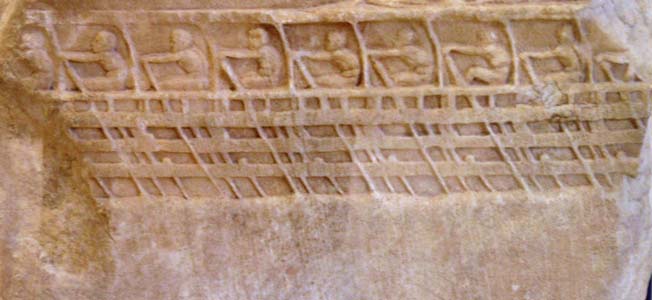
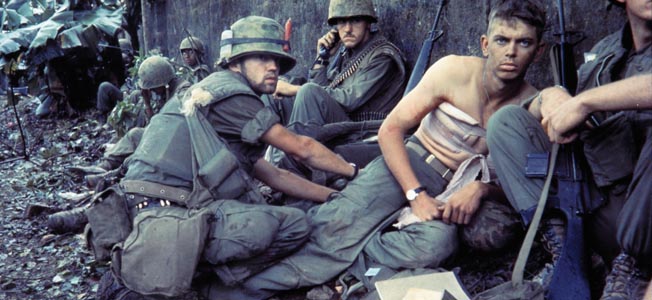
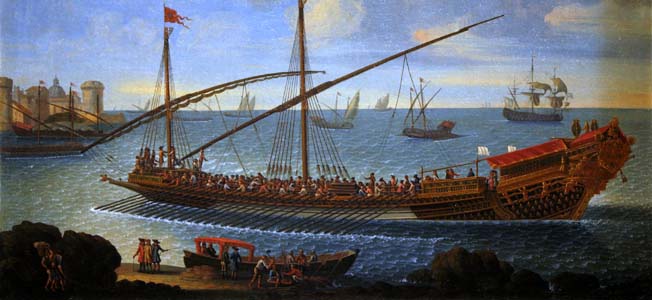
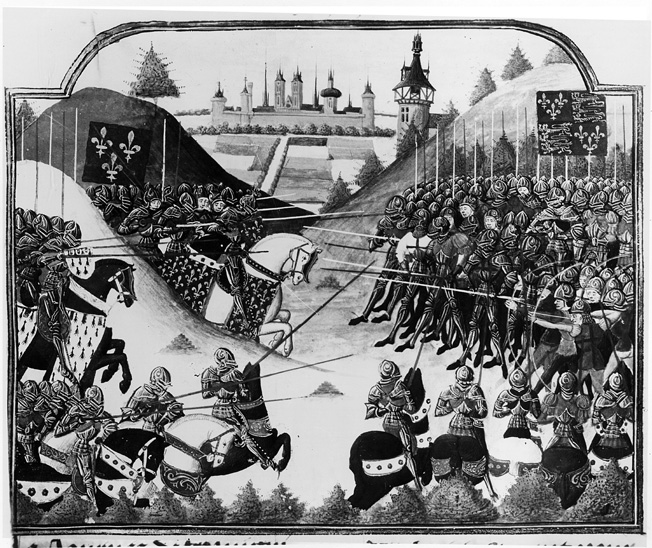
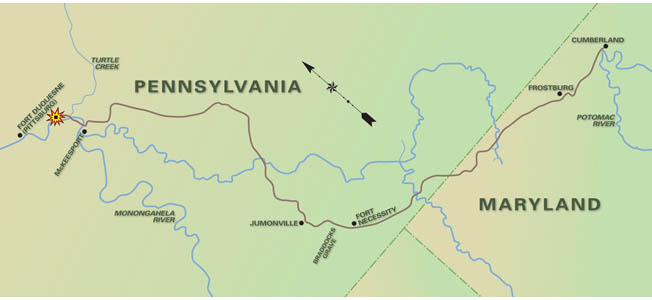

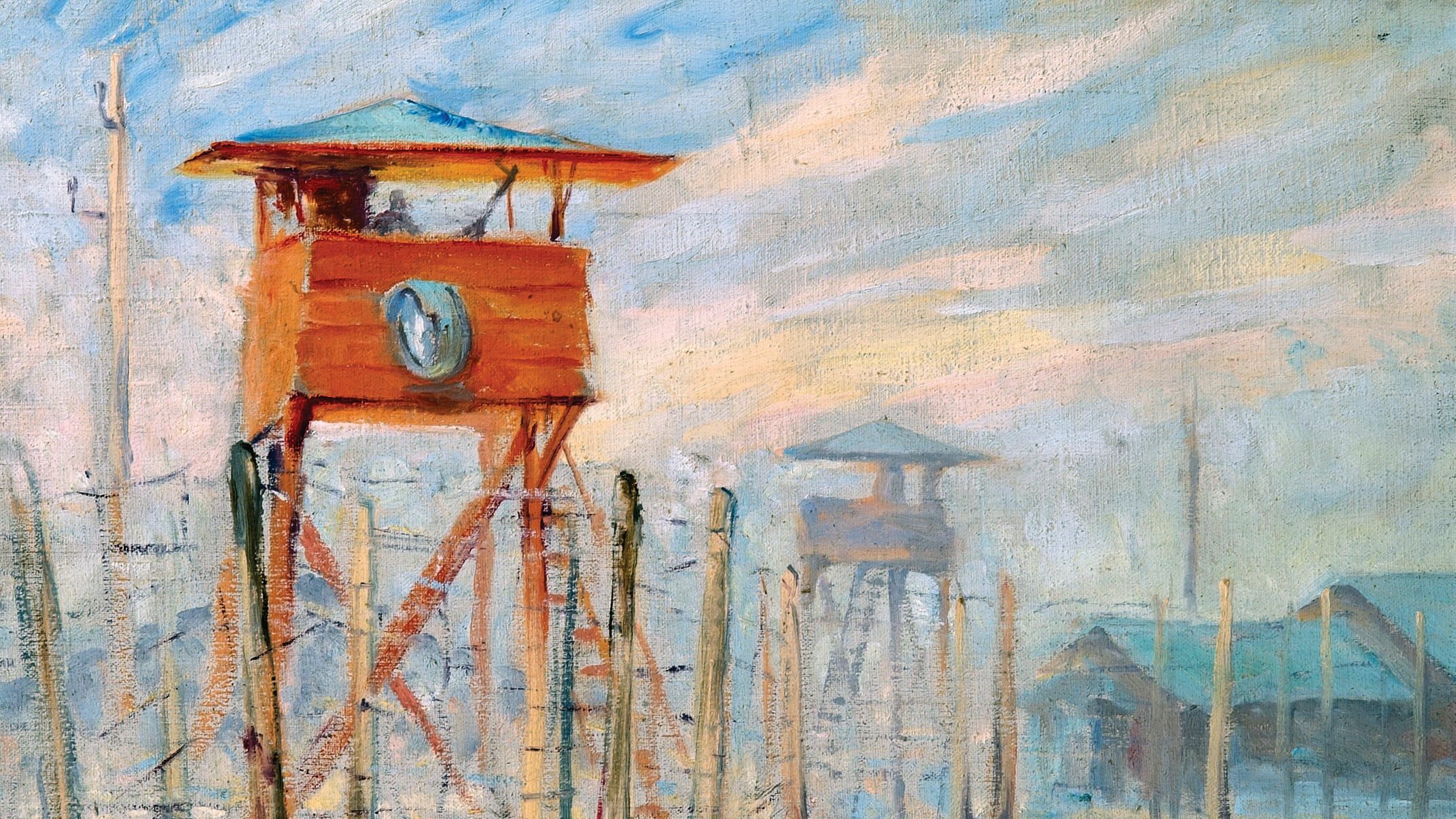
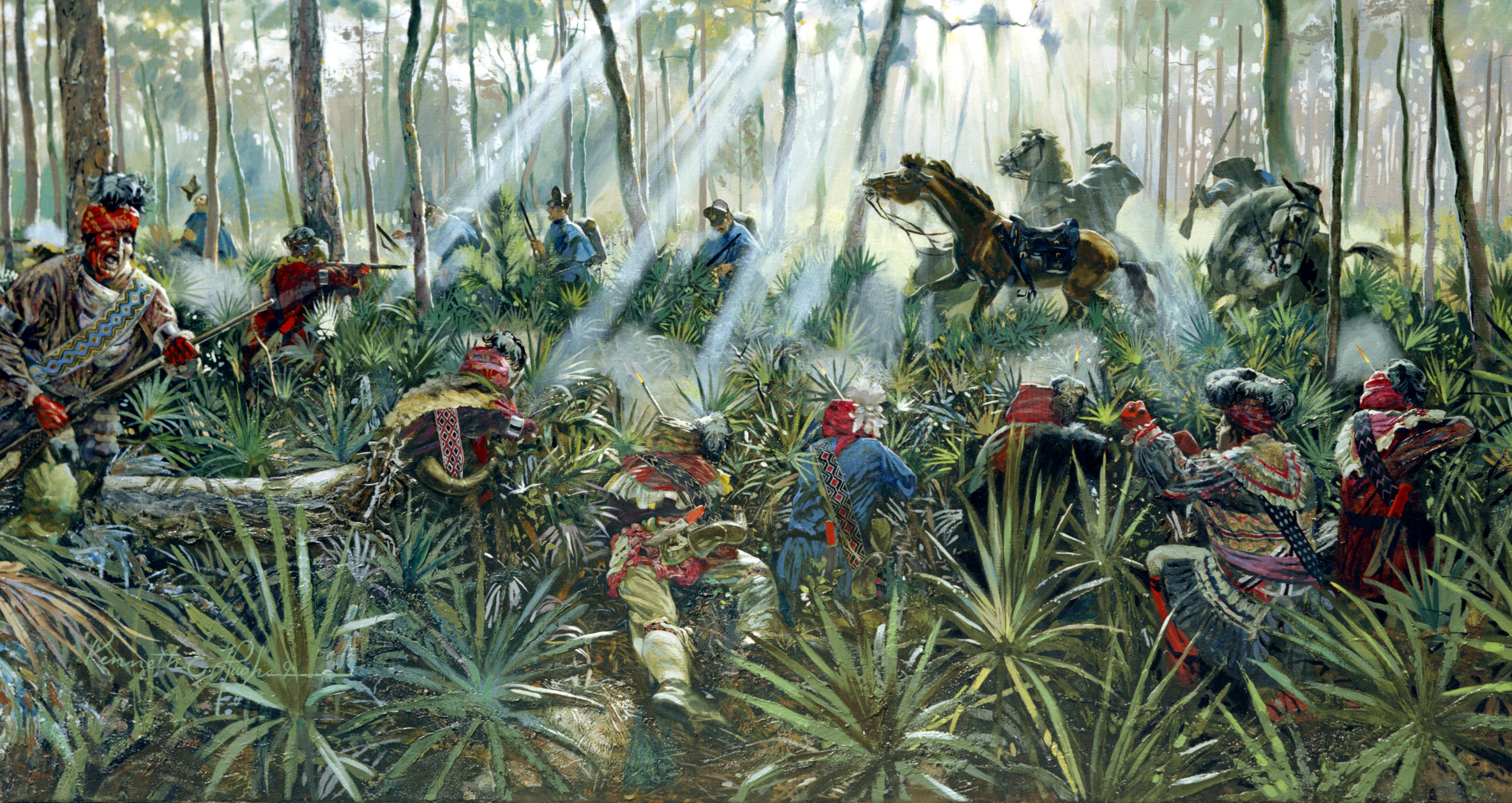
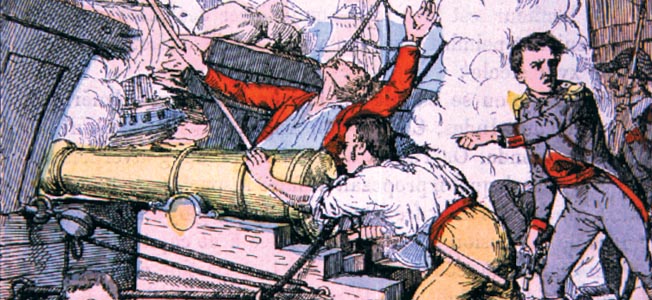
Join The Conversation
Comments
View All Comments